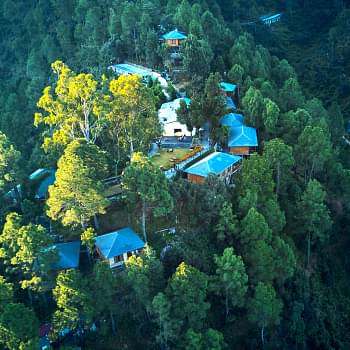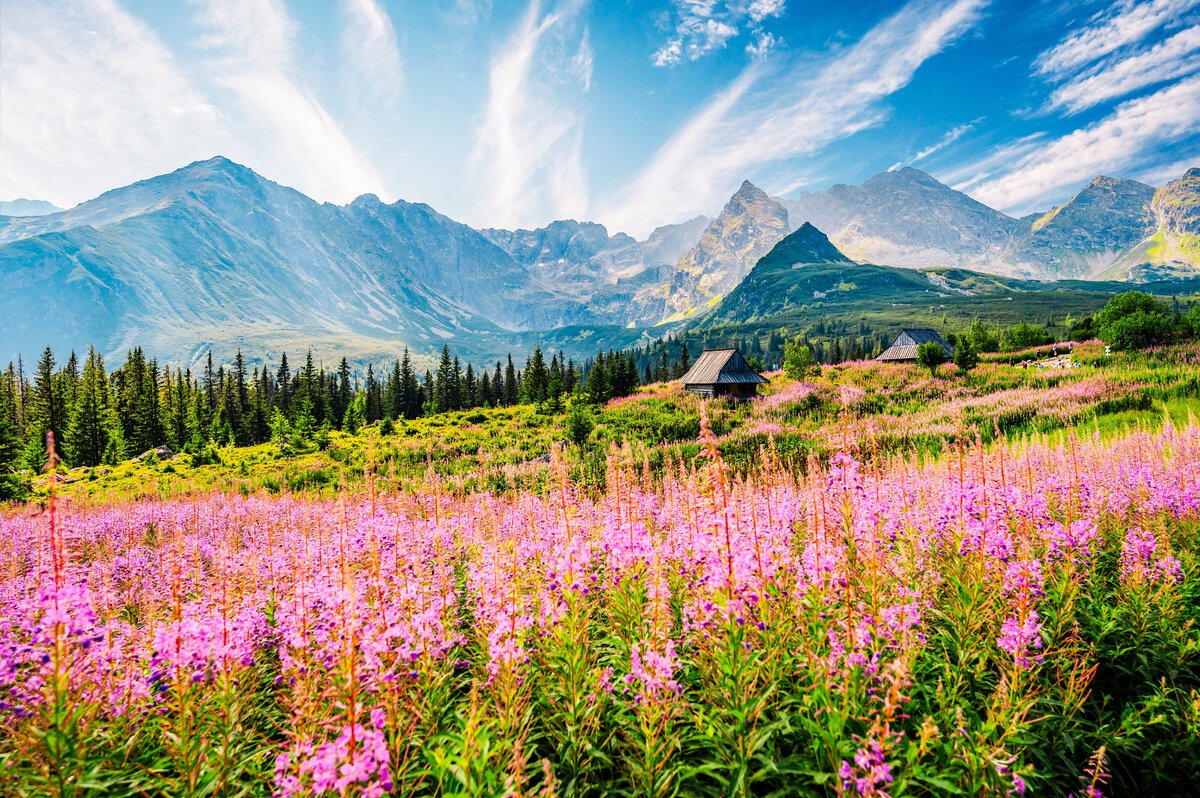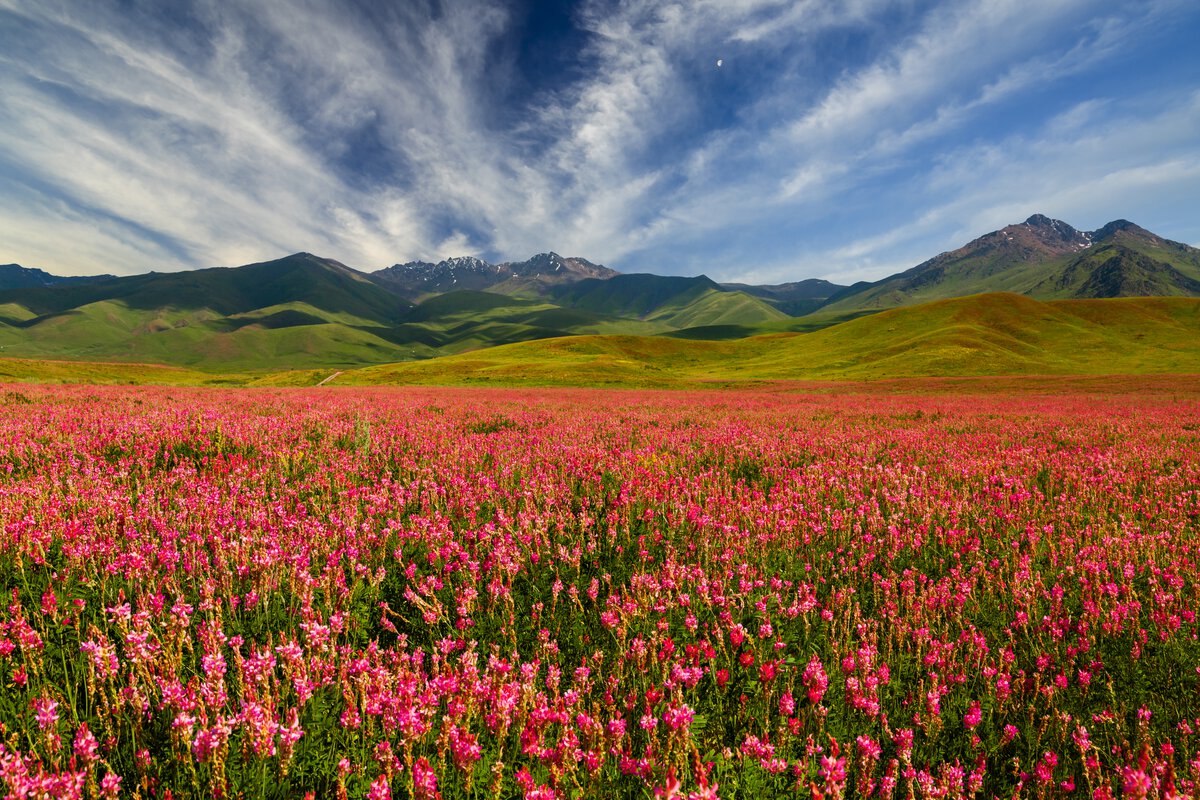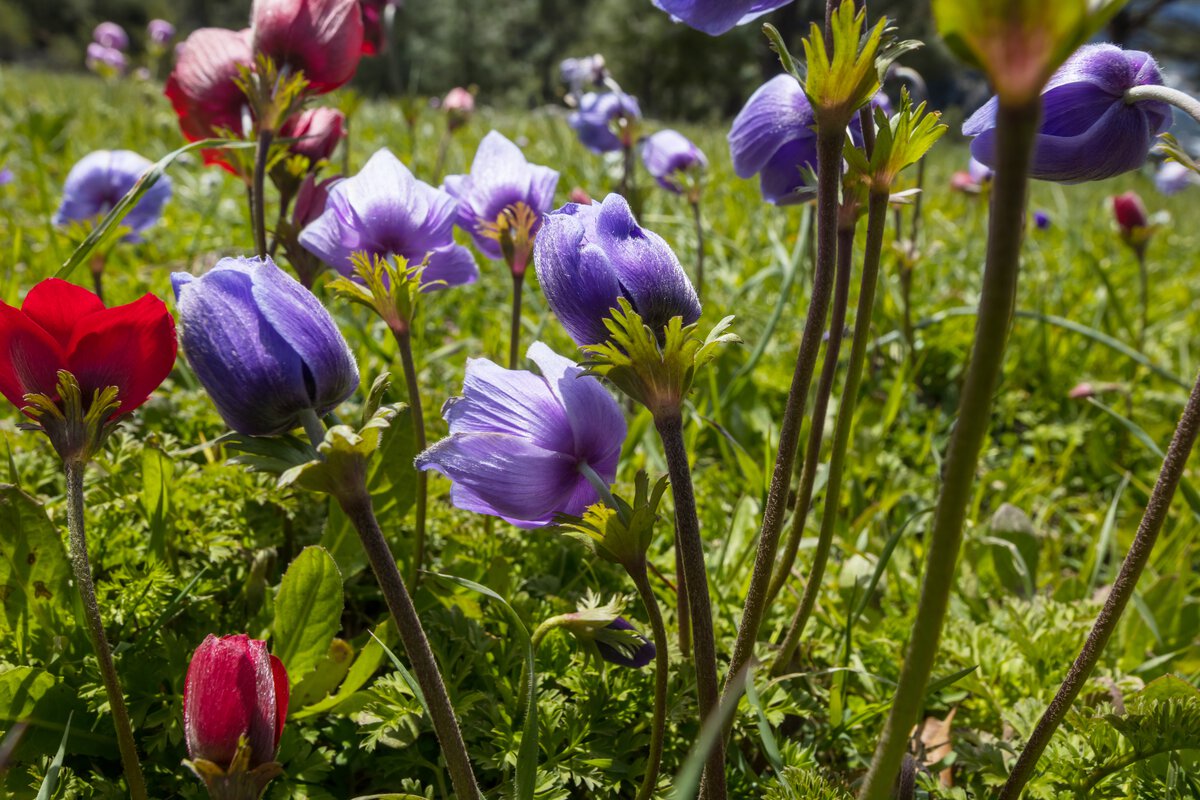June 11, 2025
Valley of Flowers: Complete Guide for 2025
CM Content Team


View all
140+
Resorts
June 11, 2025
CM Content Team
The Valley of Flowers promises a journey, unlike any mountain experience you had so far. It is a riot of colours unfolding against the misty peaks of the Garhwal Himalayas, with the scent of wild blooms carried on crisp mountain air. What makes it special is that it is one of India’s most breathtaking trekking experiences in the Monsoons.
The Valley of Flowers is a UNESCO World Heritage Site, and the trek is a treat for the senses and a pilgrimage for nature lovers, photographers, and seekers of solitude.
This Valley of Flowers travel guide for 2025 covers everything you need to know- from when to go and how to get there to what to pack and where to stay.

The Valley of Flowers quickly gained global attention for its mesmerizing beauty after it was accidentally discovered by British mountaineer Frank Smythe in 1931. The Valley of Flowers in Uttarakhand was designated a UNESCO World Heritage Site in 2005 for its global ecological significance. From seekers of spirituality, botanists and researchers to explorers and trekkers, this valley attracts a broad spectrum of travellers. The Valley of Flowers offers an experience that stays etched in memory long after the trek ends.

June: The valley reopens after a long winter. The trails are still being cleared, and the flowers have yet to bloom.
Mid-July to Mid-August: This is the peak blooming season. The valley is painted with colours- blue poppies, cobra lilies, primulas, and more.
September to Early October: Ideal for clear skies, fewer crowds, and lush greenery, though many flowers begin to fade.
Why This Season Stands Out: The monsoon breathes life into every fold of the valley, creating a dreamlike atmosphere with mist-covered hills and flowing streams. Photographers and nature lovers will find this period ideal for capturing the valley’s floral diversity. Trekkers seeking solitude may prefer early September for a quieter trail experience.
By Air
By Rail
By Road
This guide on how to reach the Valley of Flowers from Rishikesh or Haridwar ensures you can plan your route with ease, blending convenience with Himalayan adventure.

The Valley of Flowers trek offers exceptional scenic rewards. The trail follows the river, going through grassland meadows, offering the perfect balance of effort and excitement.
Combining this trek with the Hemkund Sahib climb, one of the world's highest Gurudwaras makes for a spiritually enriching and visually breathtaking journey.

During the peak flower blooming season (mid-July to mid-August), the valley transforms into a botanical dream. Carpeted with over 600 species of flowering plants, the region is a global biodiversity hotspot. Some of the most iconic flowers you can spot include:
The meadows change colours every week depending on which flowers are in bloom, offering a dynamic landscape that never looks the same twice.
While flowers steal the show, the valley also hosts a range of fascinating wildlife. If you’re lucky (and quiet), you might spot:
Photographers and nature enthusiasts should bring telephoto lenses and binoculars but also remember to respect the natural environment and avoid disturbing any wildlife. The Valley of Flowers National Park reflects the untouched beauty of nature. It’s a living testament to the finest creations that the moutains have to offer.
While the Valley of Flowers trek is the main highlight, the region surrounding it offers a rich blend of spiritual, scenic, and cultural experiences. Whether you're extending your trip for a day or planning a more immersive Himalayan getaway, here are some of the top things to do near Valley of Flowers.
If you’re searching for the perfect resorts in Uttarakhand to unwind before or after your Valley of Flowers trek, Club Mahindra offers several scenic options across the state. While there are no Club Mahindra resorts located directly in the Valley of Flowers, travellers can choose from a range of comfortable and well-located stays in popular hill stations and forest retreats.
Club Mahindra Mussoorie is a picturesque hill resort in Uttarakhand, offering stunning views of the Doon Valley and a peaceful setting amidst colonial charm. Nestled in the lap of nature, thick pine forests surround Club Mahindra Binsar Valley and Club Mahindra Binsar Villa, providing a more private and rustic mountain experience. For Himalayan resorts in Uttarakhand and serene surroundings, Club Mahindra Kanatal, near Dhanaulti, is a beautiful offbeat retreat.
Wildlife enthusiasts can head to Club Mahindra Corbett, located close to Jim Corbett National Park, where jungle safaris and forest walks add excitement to your stay. Just a short distance away, Club Mahindra Patkot offers a quieter experience with birdwatching and lush greenery.
Each of these Club Mahindra resorts in Uttarakhand ensures a restful experience that perfectly complements your monsoon trek to the Valley of Flowers.

If you're looking to experience the best of the Himalayas, the Valley of Flowers 2025 is the destination for you. You will find mesmerzing flora, enchanting landscapes and soul-stirring scenery waiting for you. Whether you’re a nature lover, trekker, or spiritual traveller, the valley offers something truly special.
Plan your adventure with the right partners. Club Mahindra Resorts near Valley of Flowers offers the comfort and care you need before and after your trek. Let 2025 be the year you immerse yourself in the magic of Uttarakhand’s monsoon marvel.
Yes, the Valley of Flowers National Park is open from early June to early October 2025.
Yes, it is one of the best Himalayan treks for beginners, thanks to its moderate gradient and well-marked trails. Basic fitness and stamina are required.
The valley lies at an average altitude of 3,600 metres (11,800 ft) above sea level.
Hiring a guide is not mandatory but can enhance your experience. Guides assist with flower identification, offer local insights, and ensure route clarity.
You need to get an entry permit from the Forest Check Post at Ghangaria. A valid ID proof is required. Entry is allowed from 7:00 AM to 2:00 PM.
Yes, most itineraries include a combined trip to the Valley of Flowers and Hemkund Sahib. Allow an extra day for Hemkund, as it’s a steep ascent.
The nearest Club Mahindra stay is Club Mahindra Mussoorie, ideal for post-trek rejuvenation.
Mahindra Holidays & Resorts India Ltd. (MHRIL), a part of Leisure and Hospitality sector of the Mahindra Group, offers quality family holidays primarily through vacation ownership memberships and brings to the industry values such as reliability, trust and customer satisfaction. Started in 1996, the company's flagship brand ‘Club Mahindra’, today has over 300,000 members , who can holiday at 140+ resorts in India and abroad.
We use cookies to personalise content and to provide you with an improved user experience.By Continuing to browse this site you consent to the use of cookies.Please visit our cookie policy for further details.

Welcome to ClubMahindra.com In order to provide a personalised experience for you, we use cookies to enable some website functionality. Cookies help us see which articles most interest you; allow you to easily share articles on social media channels; permit us to deliver content personalised to your interests and locations; along with many other site benefits. For more information, please review our Cookie Policy
When you visit any website, it may store or retrieve information on your browser, mostly in the form of cookies. This information might be about you, your preferences or your device and is mostly used to make the site work as you expect it to. The information does not usually directly identify you, but it can give you a more personalized web experience. Because we respect your right to privacy, you can choose not to allow some types of cookies. Click on the different category headings to find out more and change our default settings. However, blocking some types of cookies may impact your experience of the site and the services we are able to offer.
Because we respect your right to privacy, you can choose not to allow some types of cookies and you have the right to withdraw your consent by send a mail to email id [email protected]
These cookies are essential in order to enable you to move around the site and use its features, such as accessing secure areas of the site. Without these cookies, services you have asked for cannot be provided.
These cookies allow us to employ data analytics so we can measure and improve the performance of our site and provide more relevant content to you. These cookies don't collect information that identifies a visitor down to an individual level that is available to us. These cookies are not passing personally identifiable information to any external third party other than in limited cases when we engage a service provider to act on our behalf but who is then unable to use the data for their own purposes.
Performance cookies are generally third-party cookies from vendors we work with or who work on our behalf that collect information about your visit and use of the Club Mahindra website, for instance which pages you visit the most often, and if you get error messages from web pages. These cookies don't collect information that identifies a visitor. All information these cookies collect is anonymous and is only used to improve your overall experience on how the website works. Third party vendors may have access to this data and may use it to improve their overall services and offerings.
Functionality cookies allow a site to remember choices you make (such as your user name, language or the region you are in) and provide more enhanced, personal features. These cookies cannot track your browsing activity on other websites. They don't gather any information about you that could be used for advertising or remembering where you've been on the Internet outside our site.
Third-party advertising and social media cookies are used to (1) deliver advertisements more relevant to you and your interests; (2) limit the number of times you see an advertisement; (3) help measure the effectiveness of the advertising campaign; and (4) understand people's behaviour after they view an advertisement. They are usually placed on behalf of advertising networks with the site operator's permission. They remember that you have visited a site and quite often they will be linked to site functionality provided by the other organization. This may impact the content and messages you see on other websites you visit. If you do not allow these cookies you may not be able to use or see certain these sharing tools content on our website.